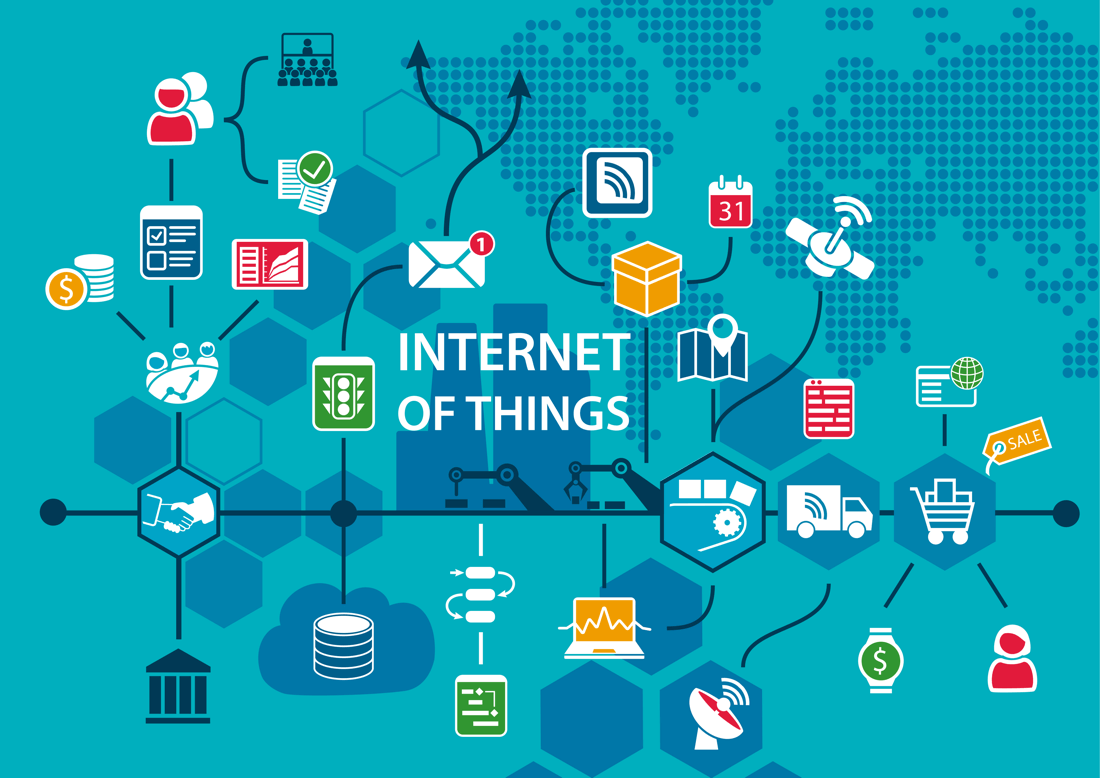One of the core tenets of any business or technological initiative is, in order to achieve mainstream success and widespread adoption, the primary concept must be able to scale. Sure, it is a great proof-of-concept if you can effectively deploy a technology in one location, but if you want to make a major impact, you have to be able to replicate that ability across many places. Unfortunately, achieving scale often does not come easy---or at all.
Because of often minor (and sometimes major) differences between locations, environments, equipment, personnel, processes and many other factors, the solutions put together in one context often do not work in another.
Early adopters of IoT (Internet of Things) products and technologies in business environments have started to discover these scale challenges are very real. As a result, their IoT deployments are moving at a much slower pace than they originally hoped. In fact, many organizations are still in the Proof of Concept stage for IoT, even after several years of trying.
Given all the hype and discussion around Enterprise IoT, this is proving to be very frustrating for both end customers and the many technology companies and solution partners selling IoT-related products and services. After all, many in the press, analyst, and vendor communities have been touting IoT as the "Next Big Thing", with the ever-growing predictions of connected devices and dollars spent on the initiatives reaching almost laughable proportions.
However, once you get past the appealing concept of IoT and all it potentially enables and actually dig into the practical realities of where most companies are today, you can quickly start to see the problems. In addition to the operational and financial challenges associated with IoT I've written about previously, the need for highly specialized and highly customized solutions makes IoT difficult to scale.
Imagine, for example, a manufacturing company that wants to leverage IoT-related technologies to modernize its operations, improve its manufacturing efficiency, and gather better analytics about its overall operations. More than likely, they have multiple manufacturing sites with different types (and ages) of manufacturing equipment which, in turn, create different types of workflows.
Just dealing with the different ages of the manufacturing equipment on one site is often challenge enough. Multiply that by the number of different sites a company has and the problems become much harder. In the computer-dominated world of IT, the concept of "legacy" devices and software often refers to something that's five years old. In the world of manufacturing and operations, it's not uncommon to find fully functional equipment that's 35 or more years old. As a result, it's extremely challenging to figure out ways to get a consistent set of data to analyze across all these different devices.
Modern manufacturing equipment likely offers a whole range of data feeds, a wide selection of connectivity options, and straightforward means to integrate the data output into modern data analytics software. Older equipment on the other hand, likely requires retrofitting of sensors, connectivity, and simple compute endpoints in order to generate any kind of meaningful data at all. However, achieving those upgrades typically requires bringing in a team of outside specialists with deep knowledge of not only a specific industry but also the specific company and that worksite location.
The simple solution would be to just replace all the older manufacturing equipment but, given the high capital outlays required to do so, it's not a realistic option. Plus, that's just not how people in the operations world think or work---they're focused on utilizing the equipment they oversee as long as possible---and that isn't likely to change anytime soon.
These types of challenges aren't limited to manufacturing companies, by the way. There are different, though analogous, challenges for companies across a wide range of industries, from transportation and logistics, to health care, food service, and much more.
IoT in business environments is not a product or even a technology, it's a process. That makes it extremely challenging to scale.
So, does this mean all is lost when it comes to Enterprise IoT and that we'll one day look back on it as yet another technological passing fad? Hardly. There is a reason the vision of billions of connected devices and all the potential information and capabilities they can enable is such a compelling concept. There is a real "there" there and the prospective value IoT offers is an attractive proposition that will keep smart people and smart companies working towards bringing at least some of its potential to life for some time to come.
The timelines for when any meaningful payoffs arrive and the pace at which the technology will actually be deployed however, are in need of some serious re-examination. Achieving scale in a process-driven business will not come quickly and companies at all levels of the IoT value chain need to adjust their expectations accordingly.
Bob O'Donnell is the founder and chief analyst of TECHnalysis Research, LLC a technology consulting and market research firm. You can follow him on Twitter @bobodtech. This article was originally published on Tech.pinions.
